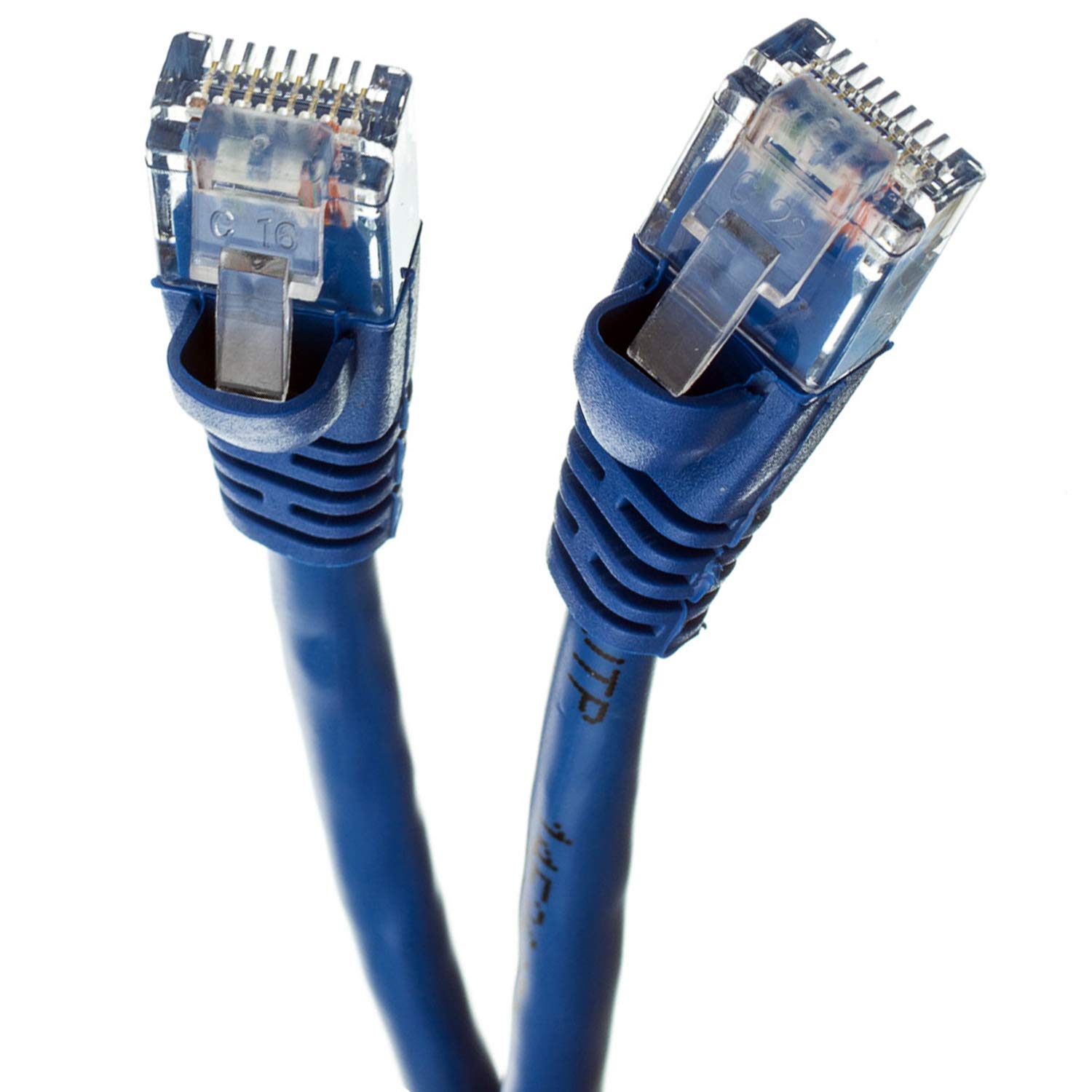Unleash the power of Linux with this comprehensive guide to developing device drivers.
Introduction to Linux Device Drivers Development
In this tutorial on Linux Device Drivers Development, we will cover the basics of writing device drivers for the Linux operating system. This includes understanding the differences between user space and kernel space, as well as how to interact with the hardware at a low level.
We will delve into topics such as system calls, **kernel** modules, and the **ioctl** interface. You will also learn about important concepts like interrupts, threading, and direct memory access. By the end of this tutorial, you will have a solid foundation for developing your own Linux device drivers.
Whether you are a beginner looking to expand your programming skills or a seasoned developer wanting to explore the world of device drivers, this tutorial will provide you with the knowledge you need to get started.
Understanding Linux Architecture
Understanding Linux Architecture is crucial for anyone looking to develop Linux Device Drivers. Linux is a Unix-like operating system known for being free and open-source software. It consists of user space and kernel space, with the kernel being the core component that communicates with hardware devices. Device drivers play a vital role in this communication process by acting as intermediaries between the kernel and the hardware devices. When a device driver is loaded, it creates a device file in the file system which applications can use to interact with the hardware. Understanding the intricacies of Linux Architecture will enable you to develop robust and efficient device drivers for various hardware devices.
Functions Used in Linux Device Driver Programming
Functions used in Linux device driver programming include init, exit, read, write, ioctl, and open functions. These functions are essential for interacting with devices and handling system calls. Understanding how these functions work is crucial for developing efficient and reliable device drivers. By mastering these functions, developers can create drivers that seamlessly integrate with the Linux kernel. Additionally, familiarity with these functions is beneficial for anyone looking to work on Raspberry Pi OS or other Linux-based systems.
Taking the time to learn and practice using these functions will ultimately lead to greater success in Linux device driver development.
Building and Compiling Device Drivers

To build and compile Linux Device Drivers, you need to have a good understanding of the Linux kernel and how drivers interact with it. Start by setting up a development environment with the necessary tools and libraries.
Then, study the existing drivers in the Linux kernel source code to understand how they are structured and how they interact with the hardware.
Next, write your driver code, making sure to adhere to the Linux kernel coding style and guidelines.
Once your driver code is ready, compile it using a GNU Compiler Collection and install it on your target system.
Test your driver thoroughly to ensure it works correctly and integrates seamlessly with the Linux kernel.
Differences Between Kernel Space and User Space
Kernel Space refers to the part of the operating system where the kernel executes. This space has full access to hardware and system resources. Device drivers and the core of the operating system reside in this space.
On the other hand, User Space is where applications and user processes run. This space is isolated from the kernel and has limited access to system resources. System calls are used to interact with the kernel from user space.
Understanding the differences between these two spaces is crucial for developing Linux device drivers. Device drivers operate in kernel space to communicate with hardware, while applications run in user space. By grasping this distinction, developers can write efficient and secure drivers for Linux systems.
Advantages of Loadable Kernel Modules
– Easy to add and remove functionality without rebooting the system
– Simplifies kernel development and maintenance by separating code into modules
– Allows for better system efficiency and performance by loading only necessary modules
– Facilitates debugging and testing of specific functionalities without affecting the entire system
– Enhances system security by isolating potentially vulnerable code
– Provides flexibility in customizing the kernel to specific hardware configurations
– Supports dynamic loading and unloading of modules on demand
– Enables easier collaboration and sharing of code among developers for faster development
– Increases system stability and reliability by reducing the risk of kernel crashes
– Enhances scalability by allowing for easy expansion of kernel functionalities with minimal impact on existing system operations.
Prerequisites for Linux Device Driver Programming
To begin Linux device driver programming, knowledge of C programming language is essential. Understanding the basics of Unix system calls and file systems like Ext2 is also crucial. Familiarity with the GNU Compiler Collection for compiling source code is necessary. Additionally, having a grasp of computer hardware concepts and memory management is beneficial. Experience with system software and device interfaces such as SPI and I²C can be advantageous. It is recommended to have prior exposure to modular programming and understanding of how devices communicate with the Linux kernel.
Familiarity with concepts like interrupts, memory mapping, and file systems like Procfs and Sysfs is also helpful.
Target Audience for this Tutorial
The target audience for this tutorial includes aspiring Linux developers looking to expand their skills in device driver development. Whether you are a beginner or have some experience with Linux, this tutorial will walk you through the process of creating and implementing device drivers. By the end of this tutorial, you will have a better understanding of how device drivers work and how to write your own drivers for various devices. This tutorial is ideal for those interested in working with embedded systems, IoT devices, or custom hardware that requires specific drivers. Whether you are a student, hobbyist, or professional looking to enhance your skills, this tutorial is for you.

















